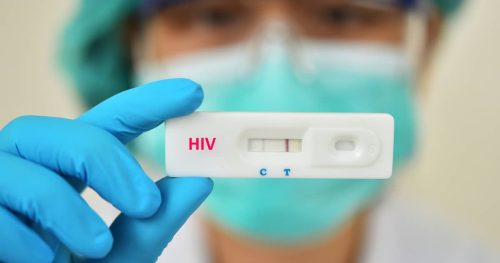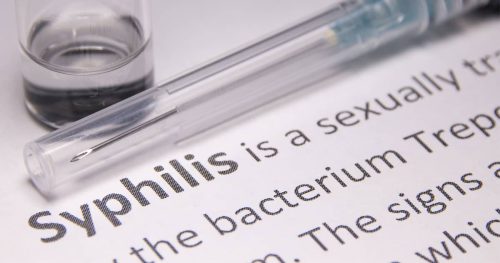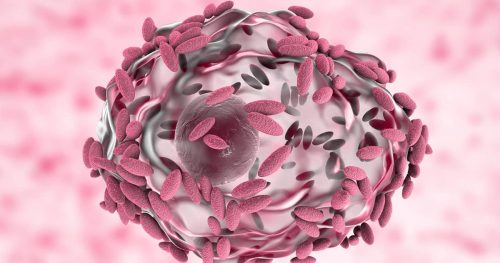HIV was once a fatal condition. Nowadays, with the invention of antiretroviral therapy (ART), HIV is a manageable chronic condition which is not different from diabetes. Taking antiretroviral drugs as directed will result in undetectable HIV viral load which also means that there is no risk for the virus to be passed on to sexual partners. In this article, we delve deeper into the way ART works, what viral suppression is, and what happens if a person stops treatment or frequently misses doses.
Continue readingPost Category → #ShimClinic
Understanding False-Positive and False-Negative HIV Test Results
Although HIV tests are highly accurate nowadays, in rare cases, false-negative and false-positive results can still take place. False-negative results refer to an HIV-positive person being diagnosed as not having HIV while false-positive results state that an HIV-negative person has HIV. In this article, we will take a closer look at how these mistakes can happen and how accurate HIV tests are depending on the types.
Continue reading3 Risky Complications Associated With STDs You Must Know
The presence of one or more STDs can trigger the onset of other syndromes. Proctitis is an inflammation of the lining of the rectum which mostly occurs in people who have anoreceptive sex. Gonorrhea, chlamydia and LGV, syphilis and herpes are the most common pathogens associated with this disease. Indicated by rectal pain, bleeding and discharge, proctitis can lead to other complications if left untreated. Find out more information on proctitis in this article.
Continue readingProctitis: A Gastrointestinal Syndrome Caused by STDs
The presence of one or more STDs can trigger the onset of other syndromes. Proctitis is an inflammation of the lining of the rectum which mostly occurs in people who have anoreceptive sex. Gonorrhea, chlamydia and LGV, syphilis and herpes are the most common pathogens associated with this disease. Indicated by rectal pain, bleeding and discharge, proctitis can lead to other complications if left untreated. Find out more information on proctitis in this article.
Continue readingCervicitis: A STD Complication which Can Lead to PID
STDs may result in body-damaging repercussions if left untreated. Gonorrhea, chlamydia, genital herpes and trichomoniasis can cause cervicitis, an infection of the end of the uterus. Cervicitis can be both symptomatic (acute or chronic) and asymptomatic, but this complication which mostly stems from STDs can develop into pelvic inflammatory disease (PID) which threatens a woman’s fertility. In this article, discover more about this infection, how it is diagnosed and treated.
Continue readingTertiary Syphilis: Something Dangerous Happens When Syphilis Goes Unnoticed
Although syphilis is highly curable, people can have the disease for years without knowing it. When left untreated, syphilis can progress into later stages. Tertiary syphilis is the final stage of the disease that comes with life-threatening damages as it may affect a person’s brain, nervous system, joints, liver, eyes and ears. In this article, we dive deeper into the stages of syphilis, symptoms of tertiary syphilis, its diagnosis and treatment.
Continue reading2 STDs That Can Seriously Damage a Woman’s Fertility
Infertility is one major damage caused by gonorrhea and chlamydia. These two STDs, if left untreated, can progress into pelvic inflammatory disease (PID) that leads to the blockage and scarring of the fallopian tubes. This blockage can hinder sperm from swimming to the egg and fertilizing it. Not limited to that, this damage can prevent embryos from reaching the uterus. In this article, find out how chlamydia and gonorrhea can develop into infertility.
Continue readingPubic Lice & Scabies: 2 Annoying and Intensely Itchy STIs
Pubic lice and scabies are two STIs not many people might have heard of. Caused by parasites, these infections cause extreme itchiness at night. Both pubic lice and scabies are spread through close physical contact and sexual activities act as the main way of transmission. Not limited to sexual contact, sharing bedding, clothing and towels can also contribute to spreading the disease. In this article, get to know the symptoms of these STIs, how they are spread, diagnosed and treated.
Continue readingBacterial Vaginosis: Don’t Mistake It for Yeast Infection
Bacterial vaginosis (BV) is not an STD but is closely linked to sexual activities. This condition occurs when normal bacteria overgrows and disrupts the natural balance of the vagina. Researchers believe that sexual activities change the vaginal environments. This infection is often indicated by unusual vaginal discharge that is gray or off-white in color and emits a strong fishy smell. Find out how BV differs from yeast infection and trichomoniasis, its risk factors and treatments in this article.
Continue readingDonovanosis: 4 Useful Facts To Know About This Ulcerative STD
Itchy or painful lesions and open wounds are typical symptoms of an STI. However, lesions resulting from donovanosis are often painless. Donovanosis or Granuloma inguinale is a sexually transmitted disease not many people have heard of. It is categorized as an ulcerative STI along with herpes and syphilis. This STI often begins with the emergence of painless bumps or lumps before progressing into red and tender lesions. In this article, get more familiar with the disease as you learn about its symptoms, how it spreads, how it is diagnosed, treated and prevented.
Continue reading









